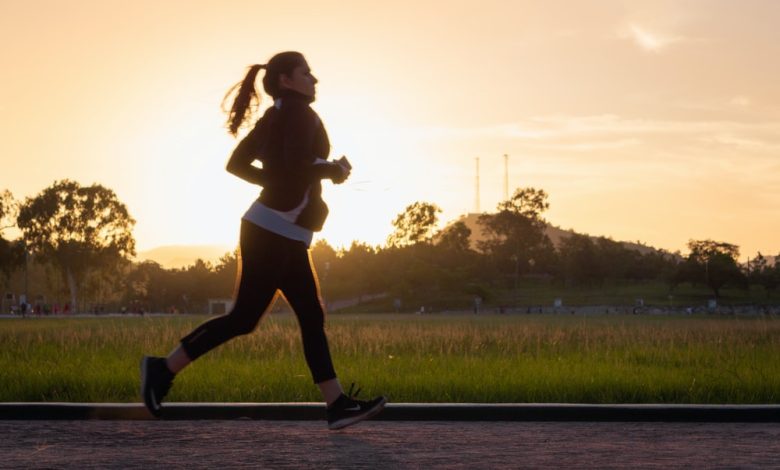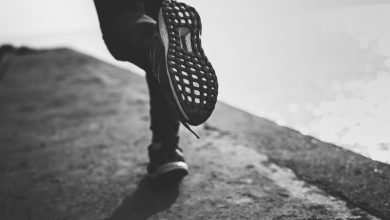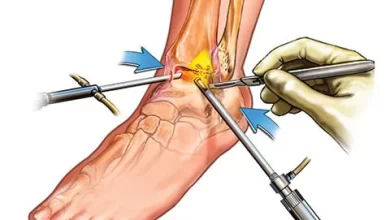You need to do these 7 exercises to build strength

Exercises may help you acquire strength, enhance routine chores, and boost your confidence. You may use them alone or in a circuit. It’s best to seek the counsel of an expert or an experienced friend who can educate you on how to properly do these exercises. If you don’t want to work out alone, you may try CrossFit, F45, Barry’s Bootcamp, and Apex Fitness.
Deadlifts
In terms of functional movements, deadlifts are the most important of all. Count the number of times you bend down to pick something up: How many times have you done this? Probably more than you know. You’re executing a deadlift every time you stoop down to pick up a box, bag, kid, or small dog. At the very least, you ought to be.
When lifting anything from the ground, many individuals use just their back muscles instead of the legs and core. With practice, you may learn proper deadlifting techniques, such as bending at the hips and maintaining your core strong and your back flat while flexing the leg muscles. Reduces the chance of injury while executing simple tasks, such as picking up your large bags at an airport baggage claim.
Do some leg lifts
Aside from deadlifts, squats are one of the most important functional exercises. People are designed to be able to squat naturally, but often lose the capacity to do so due to bad posture, sitting too much, and a lack of joint mobility.
The squat improves your quadriceps, hamstrings, glutes, lower back, and abs when done correctly. You might injure any of those muscle groups if you execute it incorrectly. When it comes to squat form, assisted squats are a good place to start: As you practice falling to full depth, hold on to a suspension trainer or a substantial object, such as the back of your sofa.
Press with an overhead crane
The overhead press, also known as the “strict press” or the “military press,” requires you to lift your arms entirely above while holding a weight. These exercises may be done with any kind of weightlifting equipment. A sandbag or log may be used as an item to press above in certain functional training programs, which are more serious about the real-world component.
Like the deadlift, you may practice the overhead pressing technique more often than you think… Overhead pressing occurs every time you reach up to put something away or bring something down from the top of a shelf. Strengthening your shoulder muscles not only improves your ability to carry out ordinary tasks, but it also helps to safeguard the delicate joint beneath (your shoulder joints are highly susceptible to injury because of the very mobile ball-and-socket structure).
Pull-ups are the fourth exercise.
Despite its apparent simplicity, pull-ups are notoriously tough. Pulling up is a complex exercise that targets many muscle groups at once, making it effective despite the fact that it doesn’t resemble a movement pattern that most people perform in real life.
Pull-ups need you to use your forearms, biceps, upper back, and midback muscles while moving your shoulders, elbows, and wrists. It is possible that pull-ups, which include pulling the shoulders back and down, might help alleviate back and shoulder discomfort and aid improve posture.
Pull-ups are also useful for a variety of leisure activities. When rowing or pulling anything, your back and arms are involved, therefore learning how to do a good pull-up can aid you in other sports and activities like swimming, kayaking, and rock climbing.
Push-ups are the fifth exercise on this list.
In addition to building power in your chest, shoulders, triceps, and core, push-ups are a very challenging bodyweight exercise (who thought it would be so tough to lift your own weight?).
To put it another way, you’re able to brace your core in a susceptible posture and protect your spine from awkward and perhaps hazardous situations while you’re moving anything heavy. A clue that you need to concentrate on core stability and strength is if your hips slump or your back stretches too far as you do a pushup.
Start with modified push-ups on your knees if you can’t perform conventional push-ups (with just your toes and hands on the ground). Until your core muscles are strong enough to hold your spine and maintain proper form, it is advisable to perform a milder version of the exercises.
The Lunge
Toning your thighs is one benefit of doing lunges, but there are many other advantages as well. Lunges work the same muscles as squats, including the quadriceps, hamstrings, glutes, core, and lower back, however, lunges are performed unilaterally, while squats are performed bilaterally.
A fancy way of expressing “single-sided” is “unilateral.” In contrast to squats, which train both legs simultaneously, lunges focus on only one leg at a time. Lunges also work your calves, which is an important aspect of its transferability to any sport requiring leg movement.
Any time you have to take a large step, such as climbing onto a platform or stepping onto a rock during a trip, lunges may help you gain the muscle you need. Working just one side of your body at a time requires you to use your stabilizing muscles, which in turn helps maintain your spine straight.
Carrying a heavy load might be dangerous.
Loaded carries, which are also known as farmer carries, may help you be ready for any situation in which you’ll be required to carry big goods. The loaded carry may be done with dumbbell, kettlebell, or buckets of water.
What are the advantages of carrying a load? An increase in the upper back and shoulder stability as well as improved grip strength. Rotational resistance, or your capacity to resist the weight of an item dragging your core in any given direction, is another advantage that’s often neglected. This includes bringing all of your goods up to one flight of stairs.




